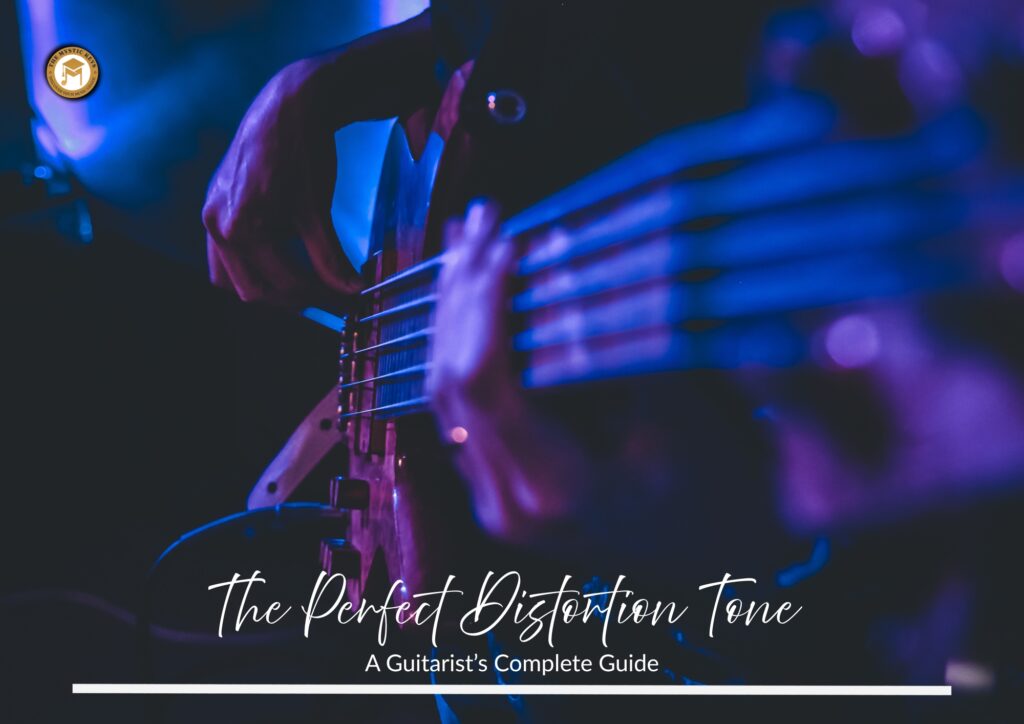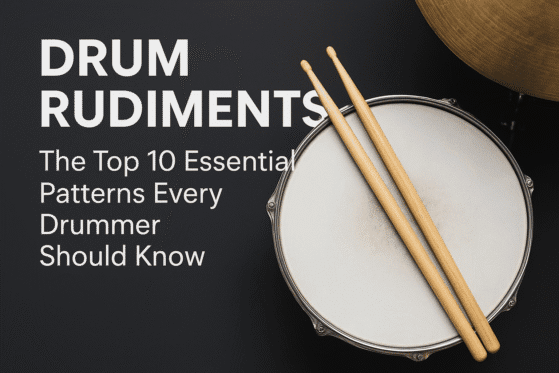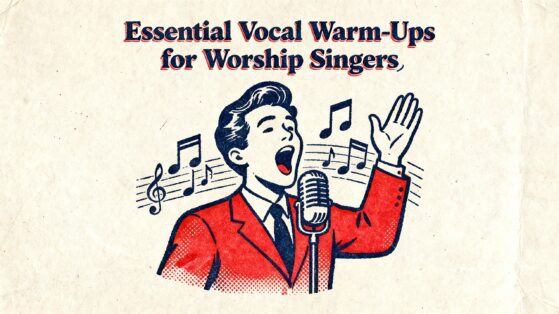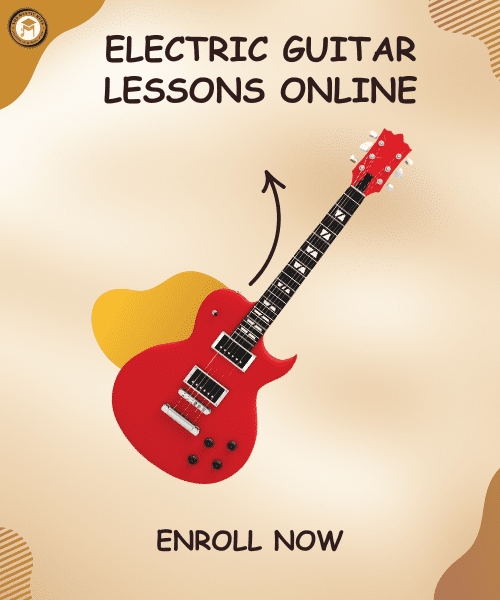The Perfect Distortion Tone | A Guitarist’s Complete Guide
Distortion is more than just a sound effect—it’s an emotional language for guitarists. It can be raw and unrefined, smooth and singing, or crushing and aggressive. From the punchy crunch of classic rock to the molten sustain of heavy metal, distortion defines the character of countless songs and guitar heroes. But achieving the perfect distortion tone is not simply a matter of turning up your gain. It’s a craft that combines the right gear, a deep understanding of tone shaping, and mastery of playing technique.
In this guide, we’ll dive deep into every factor that affects distortion, moving from the fundamentals to advanced adjustments so you can create a tone that feels alive under your fingers and powerful in the mix.

Understanding the Nature of Distortion
Before you can shape distortion to perfection, it’s essential to understand what it actually is. Distortion happens when your guitar’s audio signal is driven beyond the limits of clean amplification, causing the waveform to “clip” and produce additional harmonic content. This clipping introduces grit, sustain, and musical overtones that give distorted guitar its unmistakable character.
There are three main forms:
Overdrive: A milder, warm, and dynamic breakup, perfect for blues and classic rock.
Distortion: A heavier, more saturated sound with pronounced sustain—common in hard rock and metal.
Fuzz: Thick, vintage, and often chaotic, with a velvety wall-of-sound quality.
The type you choose will set the entire direction of your tone. For example, a blues player might prefer the responsive nature of overdrive, while a metal guitarist needs the tight aggression of high-gain distortion.

Choosing the Right Guitar for Distortion
Your guitar is the first link in your tone chain, and it will dictate much of how your distortion behaves.
Pickups:
Humbuckers are the go-to for thick, noise-resistant distortion with a strong midrange. They’re perfect for heavy riffs and sustain-heavy solos.
Single-coils provide a sharper, more articulate tone that can cut through dense mixes—ideal for punk, indie, and certain lead styles.
Tonewoods: While subtler than pickups, wood choice affects resonance. Mahogany tends to offer warmth and depth, whereas maple, alder, and ash deliver more brightness and snap.
Strings and Setup: Heavier gauge strings can handle high gain better, producing a fuller tone and staying more stable during aggressive playing.

Amplifier Selection and Its Role in Tone
If your guitar sets the stage, your amp is the lead actor. Different amps produce vastly different distortion textures.
Tube Amps: Famous for their natural compression and dynamic response. When pushed, they offer a rich, harmonically complex distortion.
Solid-State Amps: Provide consistent performance and sharp attack but can sound a bit clinical if not EQ’d carefully.
Modeling Amps and Digital Rigs: Give you access to multiple amp profiles, cabinet simulations, and built-in effects, making them highly versatile for experimenting with distortion styles.

Pedals – Sculpting Distortion to Perfection
Pedals are your tone-sculpting tools. Even if your amp has good distortion, pedals can add color, tighten the low end, or push your tone into new territory.
Overdrive Pedals: Great for boosting amp gain without overwhelming clarity.
Distortion Pedals: Deliver their own characteristic clipping for heavier sounds.
Boost Pedals: Push your signal harder into the amp for more saturation without altering EQ drastically.
EQ Pedals: Fine-tune your distortion’s frequency balance for precision control.
Fuzz Pedals: Offer thick, vintage distortion that interacts dynamically with your guitar’s volume knob.
Pro Tip: Try stacking pedals—such as an overdrive into a distortion—to add layers of harmonic complexity.

The Art of Dialing in Amp Settings
Getting the EQ right is the difference between a muddy mess and a professional, mix-ready tone.
Gain: Avoid the temptation to max it out. Too much gain washes out note definition, especially for rhythm parts.
Bass: Keep it tight to prevent “flub” on the low end—especially critical for fast metal riffs.
Midrange: Don’t scoop it too much. Mids carry your guitar’s voice and help it cut through drums and bass in a live setting.
Treble and Presence: Use these to add sparkle and attack. Too much, however, will lead to ear fatigue and harshness.
A good method is to set all EQ knobs at noon (12 o’clock) and adjust in small increments while playing.
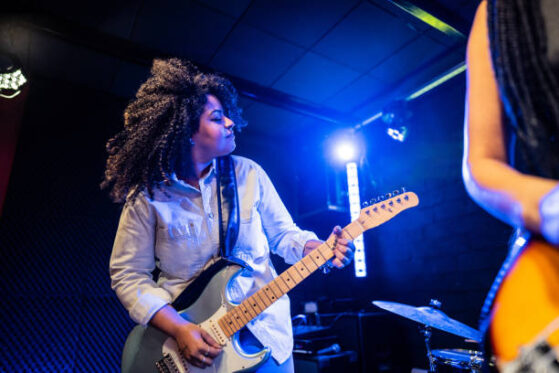
Gain Staging for Clarity and Power
Professional guitarists rarely rely on a single distortion source. Instead, they combine stages of gain:
Slight Amp Overdrive + Overdrive Pedal: Tight, responsive rhythm tone.
High-Gain Amp + Boost Pedal: Articulate, singing lead tone with sustain.
Clean Amp + Distortion Pedal: Maximum versatility without changing amp channels.
This layering allows you to fine-tune saturation levels without sacrificing clarity.

Managing Noise and Unwanted Feedback
High gain comes with high risk—namely, hiss and feedback. As your distortion level increases, so does the sensitivity of your entire signal chain, meaning even the smallest noise can be amplified into an unwanted roar. This is where smart noise management becomes just as important as tone shaping. To keep your sound tight, controlled, and professional when you’re not playing:
Use a noise gate to automatically cut signal when idle.
Use high-quality, short cables to minimize interference.
Shield your guitar’s electronics, especially if using single-coils.
Playing Technique – The Unsung Hero of Tone
Even with the best gear in your hands, poor technique can quickly undermine your distortion tone. Having great pickups, amps, and pedals only sets the stage—the performance still depends on your hands. The way you pick, mute, and articulate notes is not just an afterthought; it’s the bridge between raw sound and musical expression. Smooth transitions between riffs keep your playing fluid, precise muting tames unwanted noise, and consistent picking dynamics add control and character. Without this connection between gear and technique, even the most advanced setup can end up sounding messy, undefined, and lacking the punch that makes distortion truly shine.
Pick Attack: Harder picking produces sharper, more aggressive distortion; lighter picking smooths it out.
Palm Muting: Controls low-end resonance and adds percussive tightness.
Left-Hand Muting: Keeps unwanted string noise from ringing out.
Distortion responds to dynamics more than many players realize—play softer and you’ll hear it clean up; dig in and it will roar.

Adding Effects for Depth and Space
While distortion is your foundation, effects can take it to another level:
Reverb: Adds depth, but too much on high gain can make your tone muddy.
Delay: Perfect for solos, creating a fuller and more dramatic sound.
Modulation Effects: Chorus or phaser can give a unique twist to distorted riffs.

Testing Your Tone in Real Contexts
The perfect distortion tone you dial in at home may completely vanish once you step into a live or studio mix. This is because a solo guitar tone often occupies too much of the frequency range, causing it to clash with other instruments when everything comes together. To protect that perfect distortion tone you’ve worked so hard to create, start by testing it with a full backing track—this will quickly reveal whether your guitar sound cuts through or gets buried in the overall mix.
Next, play at performance volume, because amp speakers and tubes behave differently when driven hard, often changing the tone’s feel, attack, and sustain. Once you’re playing at realistic levels, adjust your EQ to complement rather than compete with other instruments. By shaping the frequency spectrum with intention, you’ll keep that perfect distortion tone intact, ensuring every note you play delivers clarity, power, and presence.

Final Thoughts
The perfect distortion tone isn’t just about equipment—it’s about synergy between your gear, settings, and personal touch. You’re aiming for a sound that’s powerful yet clear, aggressive yet musical. That balance comes only through experimentation, careful listening, and understanding how each piece of your setup interacts.
And if you want to go beyond tone shaping and truly master the instrument from basics to advanced, our Electric Guitar Lessons Online will guide you through technique, tone building, and performance skills. Master electric guitar from basic to advanced with our Electric Guitar Lessons Online—so every note you play hits with impact and precision.
For more information and exciting resources about learning music, visit our website at The Mystic Keys. For more music content and exciting offers follow us on
Facebook, Instagram, YouTube, LinkedIn, Twitter, Pinterest, and Threads,


